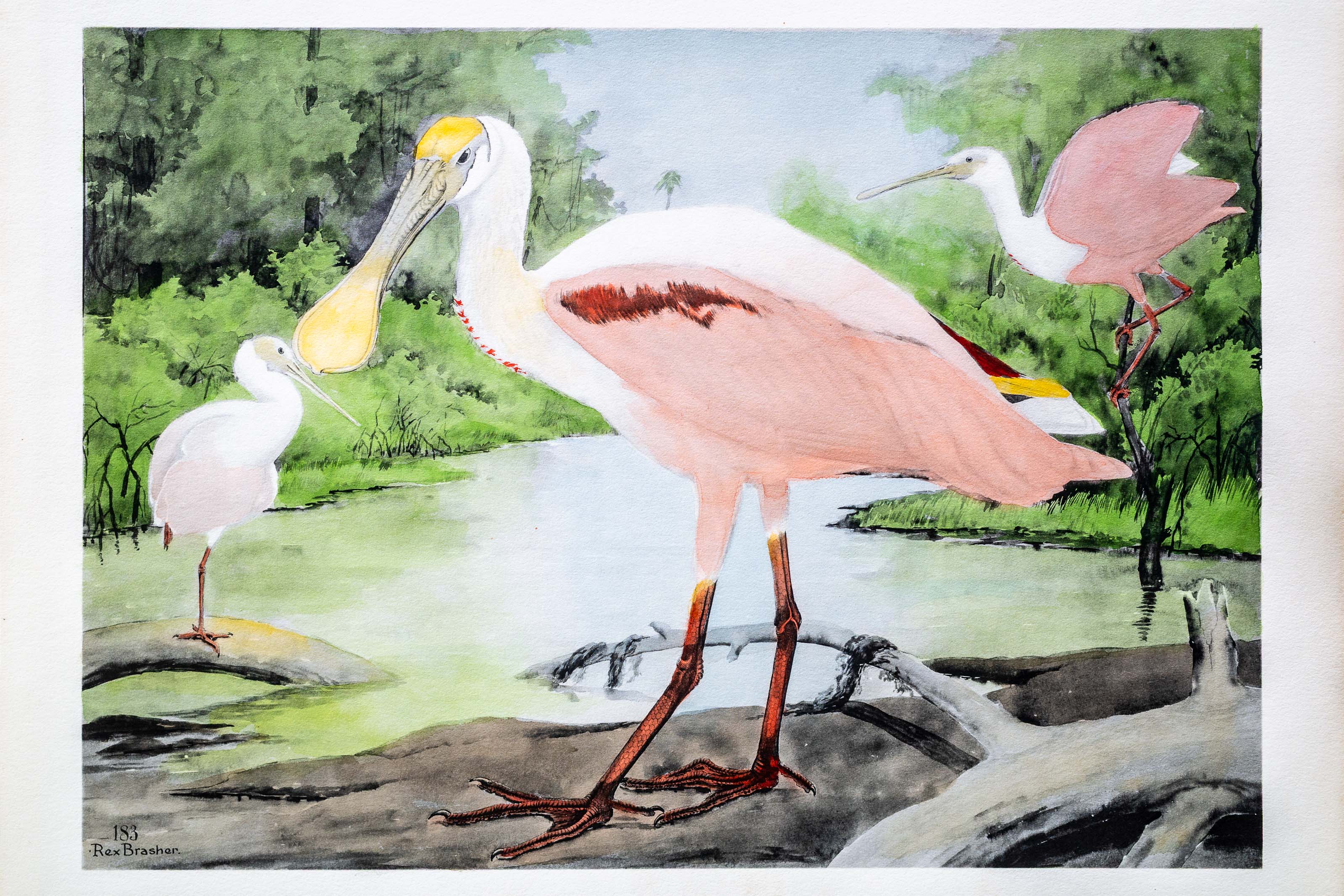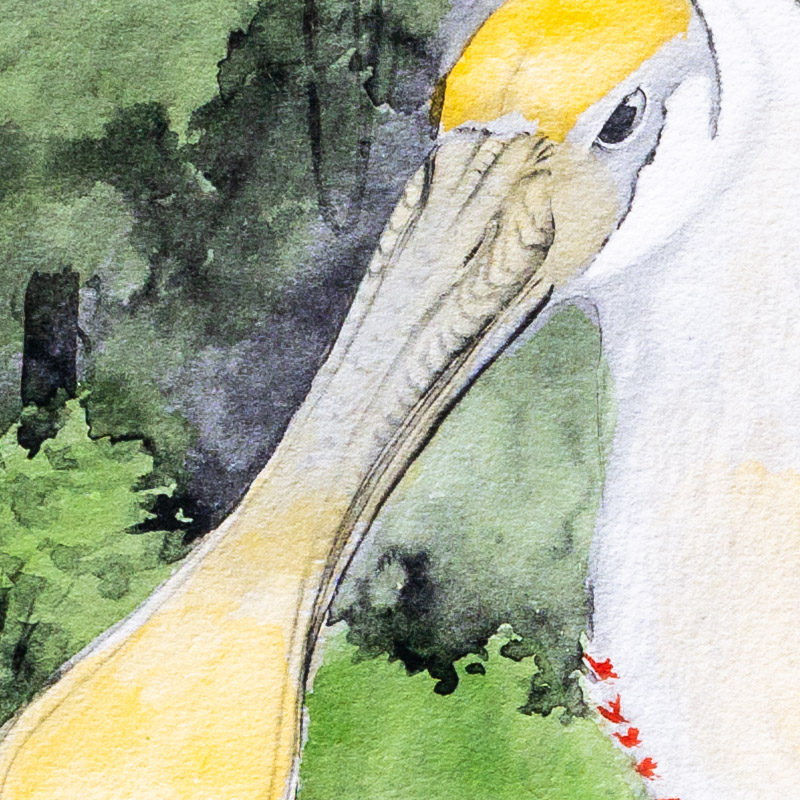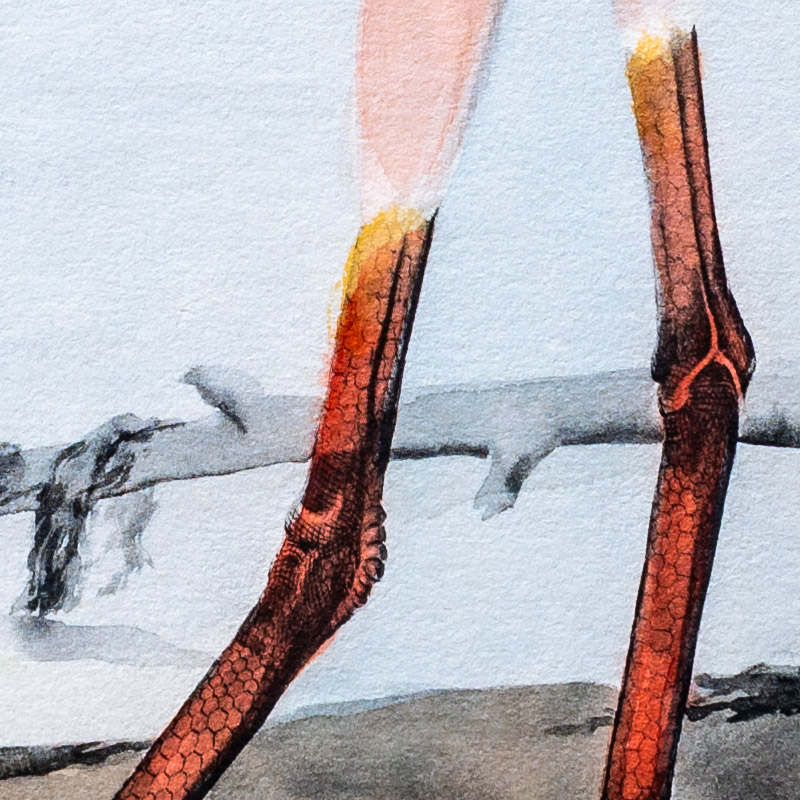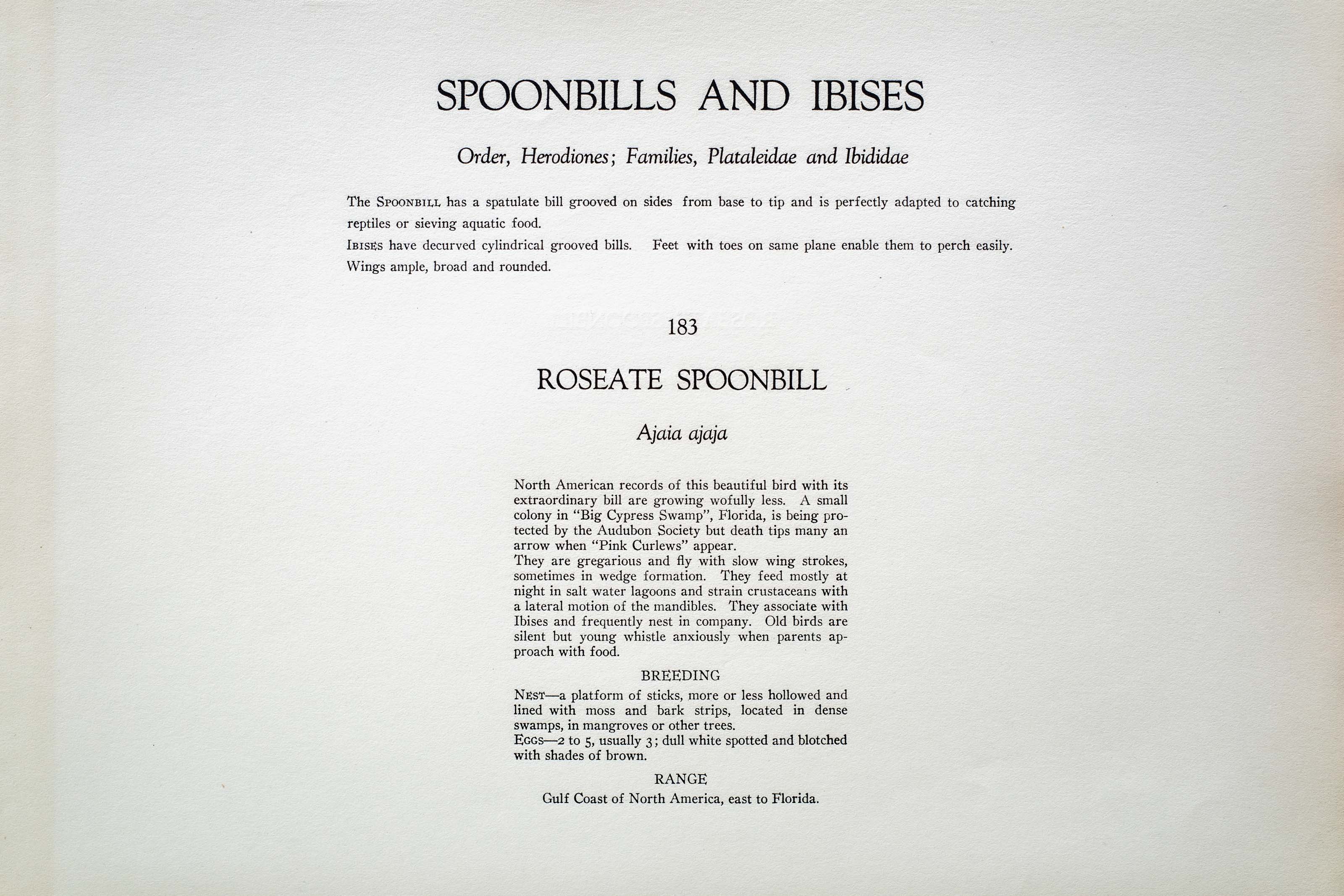






Unknown
1930
3
183
A team of dedicated board members, volunteers, and student interns has published every page in Volume 9. This volume includes 360 images of paintings and lyrical descriptions of birds, now available online for everyone to enjoy anywhere in the world. This is a monumental task. Each volume requires approximately 400 hours to photograph, edit, transcribe, catalog, and publish online. We need your support to complete this work.
If you're tech-savvy, have a good eye, are meticulous with details, and love structured data, please consider volunteering by emailing us at hello@rexbrasher.org.
We encourage all bird lovers and supporters to consider a monetary donation to support our mission to make Rex's work available for everyone. You can provide a one-time or recurring donation online.
North American records of this beautiful bird with its extraordinary bill are growing woefully less. A small colony in "Big Cypress Swamp", Florida, is being protected by the Audubon Society but death tips many an arrow when "Pink Curlews" appear.
They are gregarious and fly with slow wing strokes, sometimes in wedge formation. They feed mostly at night in salt water lagoons and strain crustaceans with a lateral motion of the mandibles. They associate with Ibises and frequently nest in company. Old birds are silent but young whistle anxiously when parents approach with food.
NEST — a platform of sticks, more or less hollowed and lined with moss and bark strips, located in dense swamps, in mangroves or other trees.
EGGS — 2 to 5, usually 3; dull white spotted and blotched with shades of brown.
Gulf Coast of North America, east to Florida.